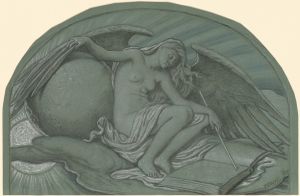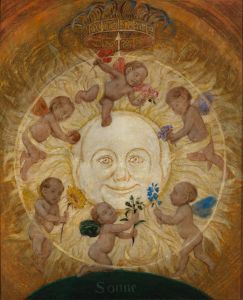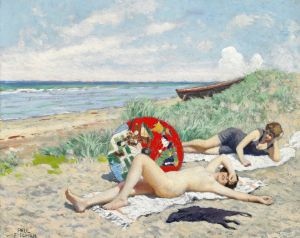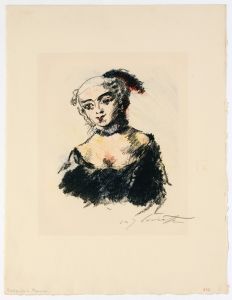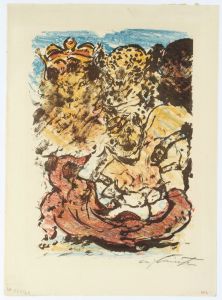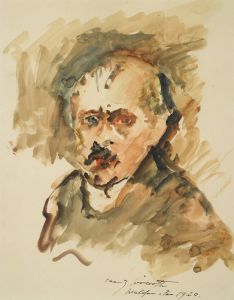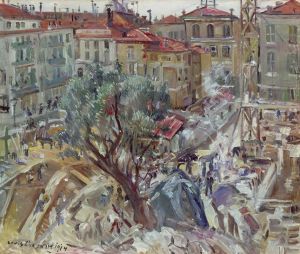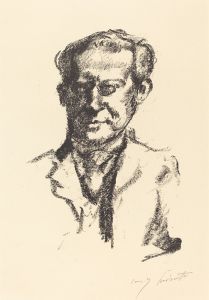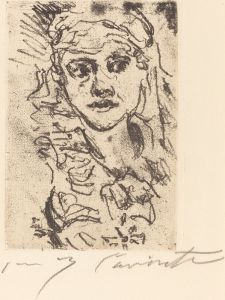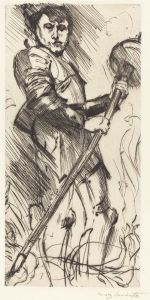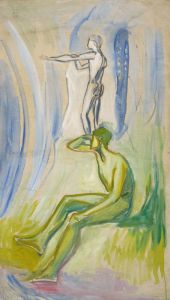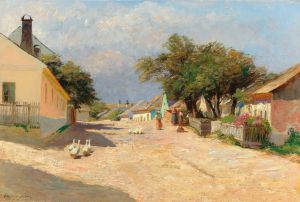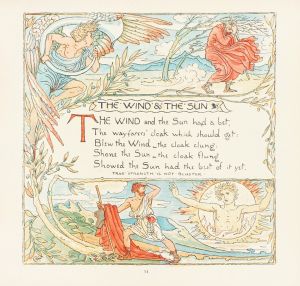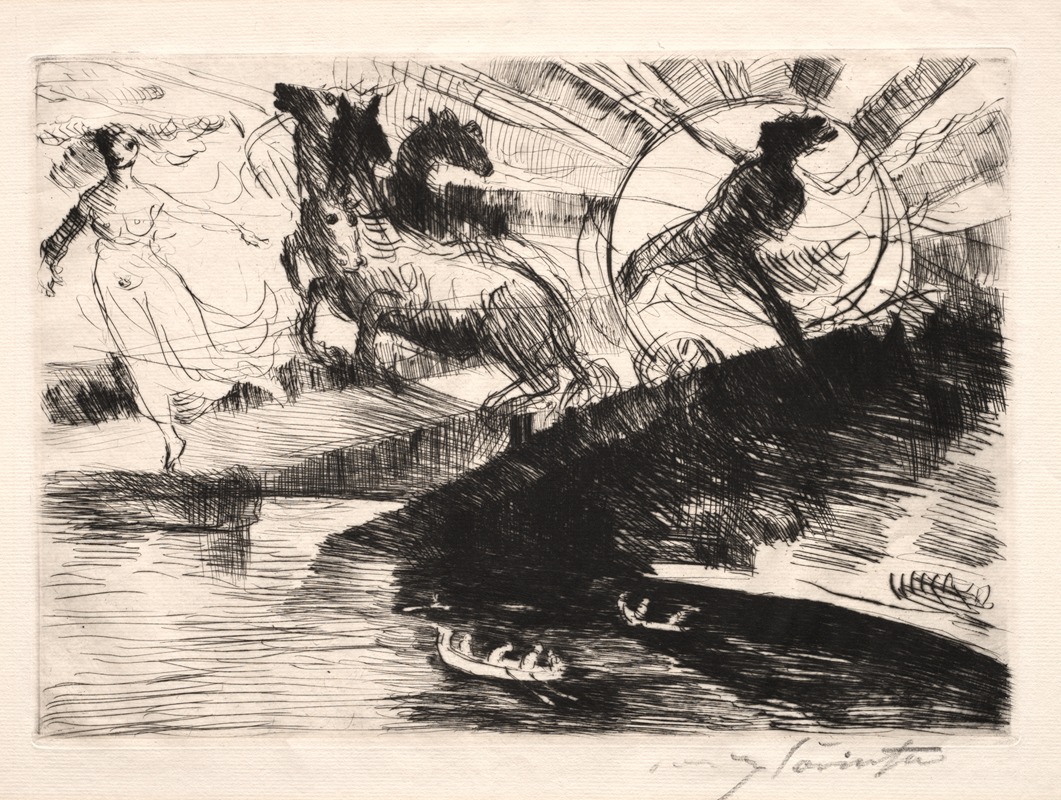
Helios
A hand-painted replica of Lovis Corinth’s masterpiece Helios, meticulously crafted by professional artists to capture the true essence of the original. Each piece is created with museum-quality canvas and rare mineral pigments, carefully painted by experienced artists with delicate brushstrokes and rich, layered colors to perfectly recreate the texture of the original artwork. Unlike machine-printed reproductions, this hand-painted version brings the painting to life, infused with the artist’s emotions and skill in every stroke. Whether for personal collection or home decoration, it instantly elevates the artistic atmosphere of any space.
Lovis Corinth (1858–1925) was a German painter and printmaker associated with the late Impressionist and early Expressionist movements. One of his notable works is "Helios," a painting created in 1905. This artwork reflects Corinth's interest in mythological themes, which he explored throughout his career.
"Helios" depicts the Greek sun god, Helios, who was traditionally represented as driving a chariot across the sky, bringing daylight to the world. In Corinth's interpretation, the figure of Helios is rendered with dynamic energy, emphasizing movement and vitality. The painting showcases Corinth's characteristic brushwork, which combines loose, expressive strokes with a strong sense of form and structure. His use of vibrant colors and dramatic contrasts enhances the sense of power and grandeur associated with the mythological subject.
The painting was created during a period when Corinth was transitioning from his earlier academic style to a more expressive and experimental approach. This shift is evident in "Helios," where the influence of Impressionism is visible in the treatment of light and color, while the boldness of the composition hints at the Expressionist tendencies that would later define his work.
"Helios" is also notable for its connection to Corinth's personal life and artistic philosophy. Corinth was deeply influenced by classical mythology and often used mythological figures as a means of exploring universal themes such as human strength, vulnerability, and the passage of time. His depiction of Helios can be seen as a celebration of life and energy, consistent with his broader artistic vision.
The painting is part of Corinth's extensive body of work, which includes portraits, landscapes, still lifes, and historical scenes. It exemplifies his ability to blend traditional subject matter with modern techniques, making him a key figure in the development of modern German art.
Today, "Helios" is recognized as an important example of Corinth's mythological paintings. It is housed in a public or private collection, though specific details about its current location are not widely documented. The painting continues to be studied and appreciated for its artistic and historical significance, reflecting Corinth's enduring legacy as one of Germany's most influential artists of the early 20th century.





